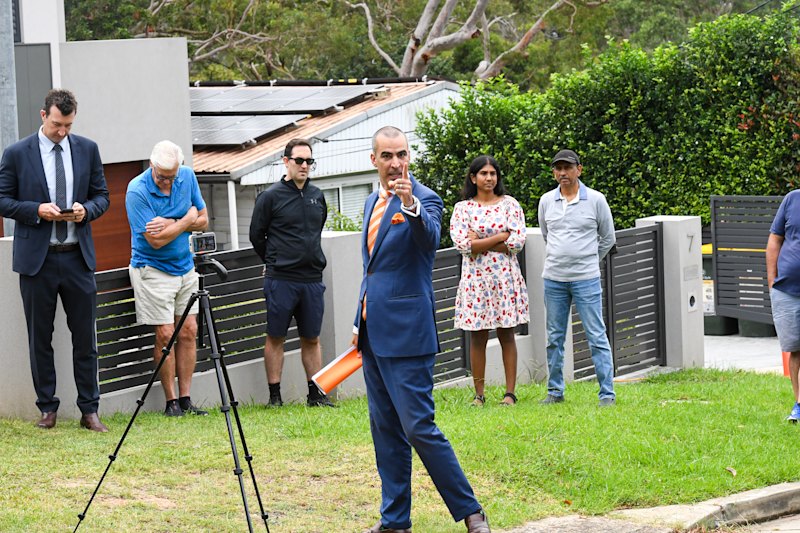Effective ACT housing model examined as part of national housing affordability report
Australia requires a unified national housing strategy to tackle a deficit of more than 200,000 affordable dwellings across the nation, according to new research from the Australian Housing and Urban Research Institute.
Policymakers, housing advocates and researchers gathered at Rex Hotel in Canberra on Tuesday to address the findings at the AHURI Conference, Ready for growth: Affordable housing supply solutions.
The event marked the release of AHURI report, Inquiry into increasing affordable housing supply: Evidence-based principles and strategies for Australian policy and practice, which examined strategies utilised by state and local governments to increase the supply of affordable housing.
Lead author of the report, Professor Nicole Gurran of the Sydney School of Architecture, Design and Planning at the University of Sydney said, “We found that government support for affordable housing is vital.”
“In places where they’ve been undertaken, innovative affordable housing strategies and programs rely on strong political leaders who take a whole of housing industry approach to consultation and implementation, and who communicate objectives effectively to all stakeholders.
“We also determined that a strategy or program must be resilient, with clear targets and measurable outcomes, and must be able to survive a change of government.”

The report explored the “continuum of housing needs and options.” Graph: AHURI report
Tuesday’s event kicked off with a keynote address by the federal shadow minister for housing and homelessness, Senator Doug Cameron. He delivered a scathing account on the coalition, and claimed not enough was being done to address affordable housing.
“A housing package that fails to deal with negative gearing and capital gains tax exemptions is an ineffectual and inferior package,” said Senator Cameron.
- Related: Rent increasingly unaffordable for low income households in the ACT: new report
- Related: Budget 2018: What will it mean for Canberra property?
- Related: Canberra building approvals topped the nation in March, ABS data
Assistant minister to the federal treasurer, Michael Sukkar, spoke on government policy relating to housing affordability with an emphasis on supply.
“Innovative thinking is going to be the thing that bridges the gap in the housing market,” Mr Sukkar said.

Key lessons about financing affordable housing from the report. Graph: AHURI report
As part of the research, the ACT’s Affordable Housing Action Plan and WA’s Affordable Housing Strategy was analysed.
Report researcher Professor Steven Rowley of Curtin University said a strength of both the ACT and WA models was strong political leadership.
“When the ACT strategy was introduced in 2007, chief minister Jon Stanhope was a political champion driving it through,” he said.
“Having somebody at the top of government who can actually get things through is incredibly important.”
Professor Rowley said a national housing strategy could adapt facets of the ACT model.
“A national strategy needs to incorporate a broad range of solutions and what the ACT has done well is interventions from public housing to home ownership. A continuum model to frame interventions is important,” he said.
“The use of land is also another thing the ACT has done very well – through accelerating land supply release with the land rent model and moving away from stamp duty to a land based tax. It is certainly something the national strategy could adapt.”
The ACT Government is currently in the process of developing a new 10-year affordable housing strategy.
When asked from an audience member how to go about developing a national strategy, Professor Rowley said “It will take a prime minister or treasurer who is willing to do it.”
We recommend
We thought you might like
States
Capital Cities
Capital Cities - Rentals
Popular Areas
Allhomes
More







